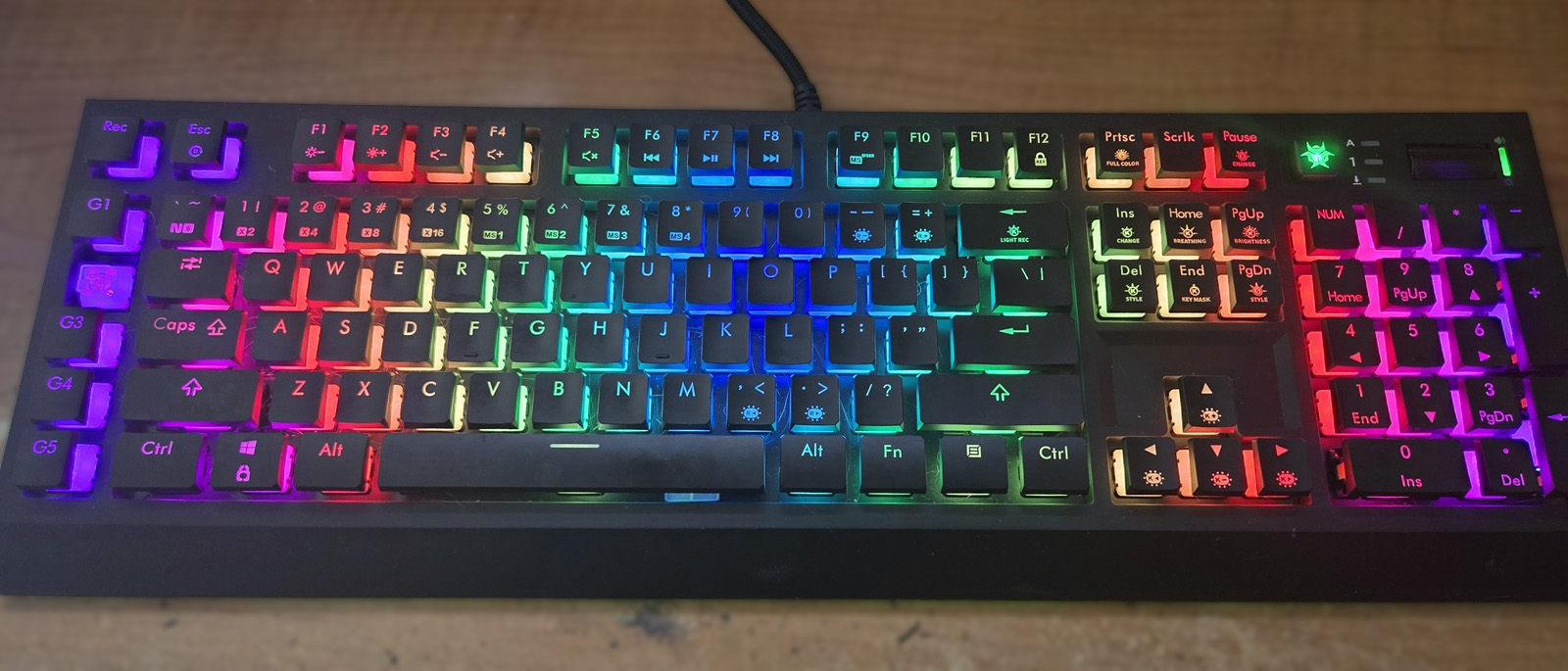Here are the most important things to look for in your next business PC
Here's what you'll need to make sure your business PC is equipped with.
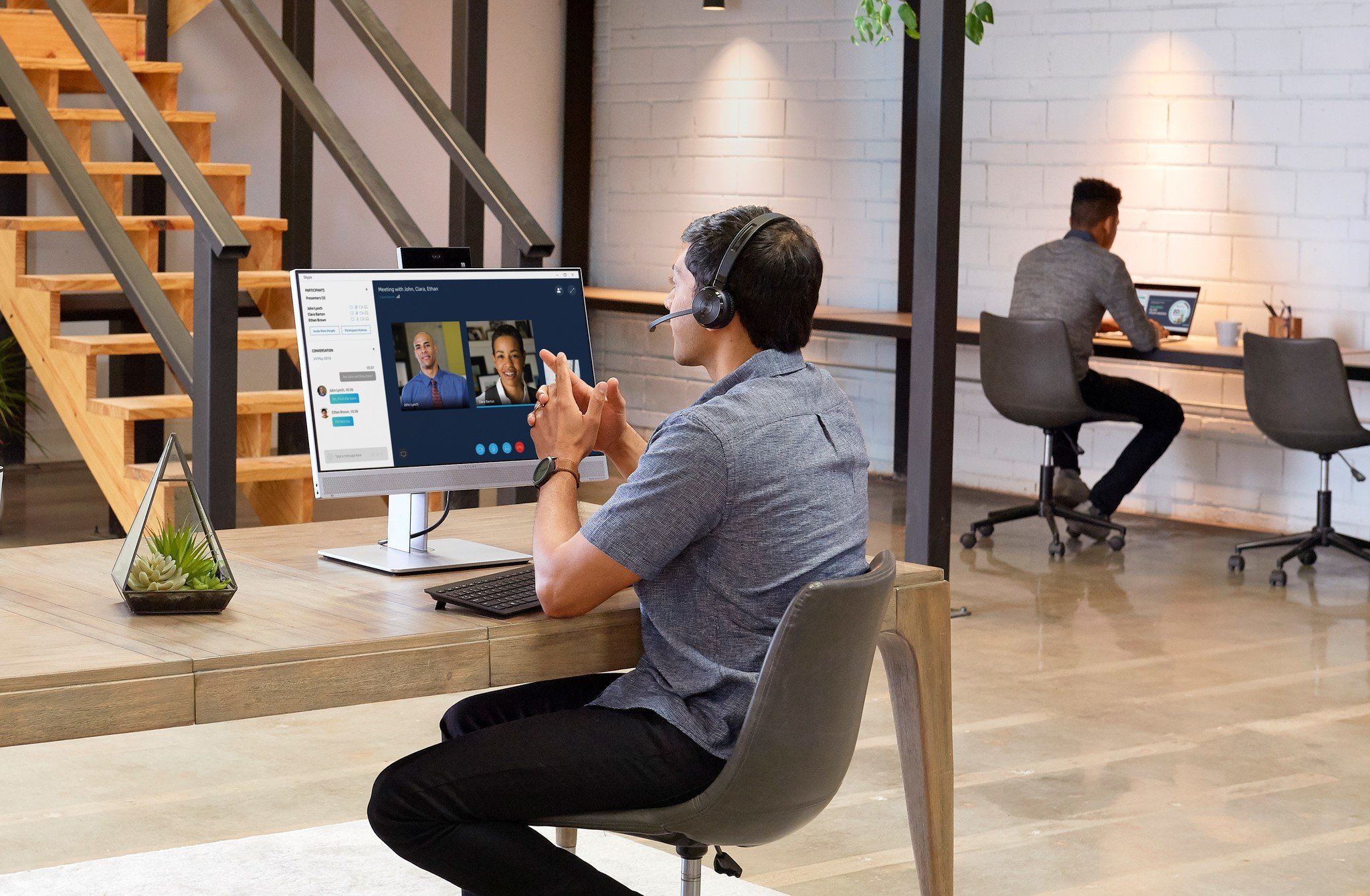
A strong business PC is an incredible investment for productivity, as it provides you with the power and reliability you need to get work done. However, choosing a desktop that's right for the job is a little more complicated than you might think, as you need to make sure it has the right combination of hardware. Here's a guide to all of the most important things to look for in a business desktop.
A quality CPU is a top priority
The central processing unit, or CPU, is essentially the brain of every computer system; it tells all of your PC components what to do in order for them to perform tasks efficiently, and when you've got multiple programs or tabs open at once, the CPU is what keeps things running properly under the added stress.
When it comes to CPUs, there are two things that matter: core count and clock speed. A higher core count should be your top priority when buying a business PC since having more cores is what has the biggest impact on system performance when multitasking. However, don't count clock speed out either, as it's what determines how capable the cores are at handling tasks. In general, you should look for processors that offer a higher core count and a solid clock speed over processors that have less cores, but a high clock speed.
An example of a desktop that offers an excellent business-oriented CPU is the HP EliteOne 800 G5 All-in-One. Its Intel Core i7-9700 vPro processor features 8 cores with a 3 GHz base clock speed, which means that you'll be able to keep tons of different programs and tabs open at the same time without slowdown. Most business programs aren't individually taxing on your system, meaning that the average clock speed isn't a problem here.
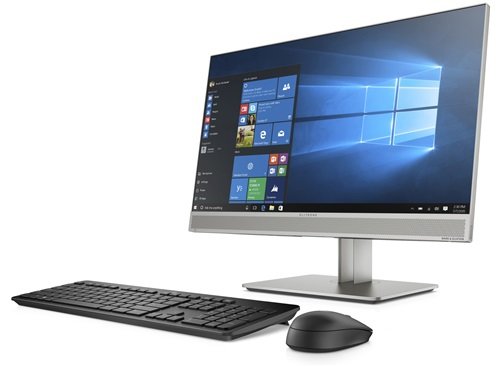
All the cores you need
The HP EliteOne 800 G5 AIO comes with an excellent business-oriented CPU that won't let you down in the slightest.
Memory is very important, too
While the processor is the main thing you should focus on, the random access memory, or RAM, is important too. Your RAM is essentially what your computer uses as a staging area for files and programs that you open from your hard drive. Without enough RAM, you won't be able to run multiple apps at once without your system hitting a brick wall.
In general, 8GB should be considered the standard amount of RAM that is sufficient. You can get away with less, but often you'll have to be conservative with the scope of your productivity multitasking. However, more is better; 16GB, for example, gives you complete freedom to open as many different tabs and programs as you want without ever having to worry about running out of RAM. An example of a great desktop that comes with 16GB of RAM is the HP ProDesk 600 G5 Microtower. The Intel Core i5-9500 processor isn't as good as the HP EliteOne 800 G5 All-in-One's, but it's still dependable, and the extra RAM may be worth it for you.
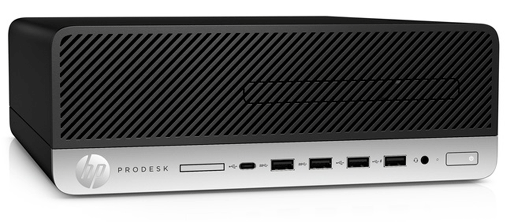
Memory for the win
The HP ProDesk 600 G5 features 16GB of RAM, allowing you to keep countless programs and tabs open at once without worrying about memory.
Don't forget about storage
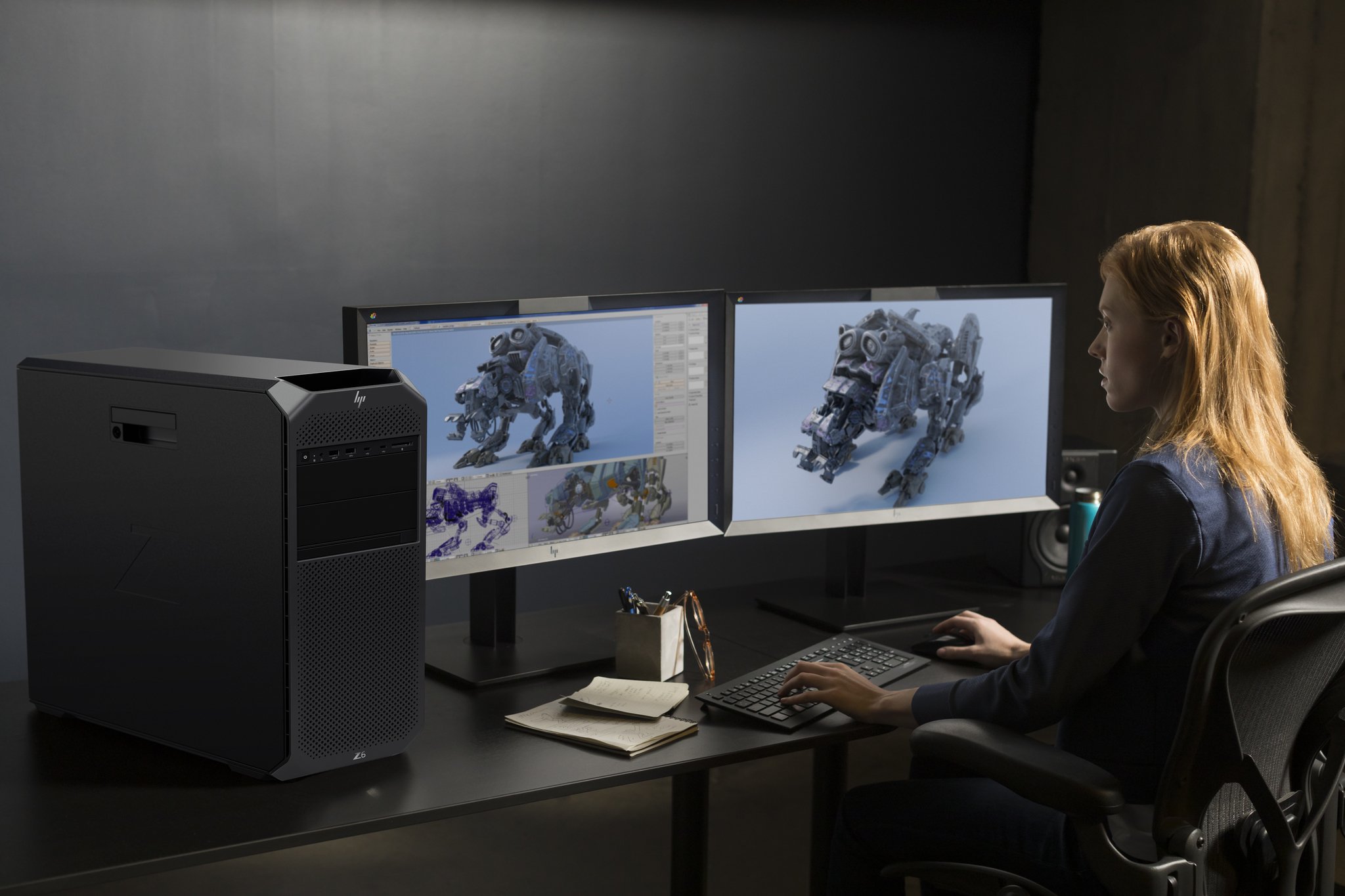
A system with plenty of processing power and memory are crucial, but none of that matters if you don't have enough permanent storage to actually store your files on. This is where hard drives come in; providing hundreds of gigabytes (or even a few terabytes) of space, hard drives ensure that you always have room for important projects, documents, and more.
Most files centered around productivity and business, such as documents or virtual memos, don't take up much space individually. Therefore, a hard drive with 256GB will be a good fit for most people (both of the aforementioned HP desktops feature a hard drive of this size).
There are two main types of hard drives: older hard disk drives (HDD) and more recent solid-state hard drives (SSD). You should opt for SSDs over HDDs because they're faster, allowing you to save and open your files much quicker than you can with a traditional HDD.
GPUs don't matter much outside of specific scenarios
Graphics processing units, or GPUs, are what handles the image being projected onto your monitor. GPUs are incredibly important for gaming, but in almost all business-related cases, the integrated GPU that comes with the CPU will be enough. This is because documents, webpages, and simple images don't require much GPU power to open and interact with.
However, this is not the case if you're working with video or complex imagery, especially if it's high-fidelity. In this case, you'll want to pick a desktop that has a dedicated GPU meant for workstation use. A great example of a system like this is the HP Z6 G4 Workstation, which can be configured with a number of different powerful workstation GPUs from both NVIDIA and AMD, the two main graphics hardware developers in the PC market.
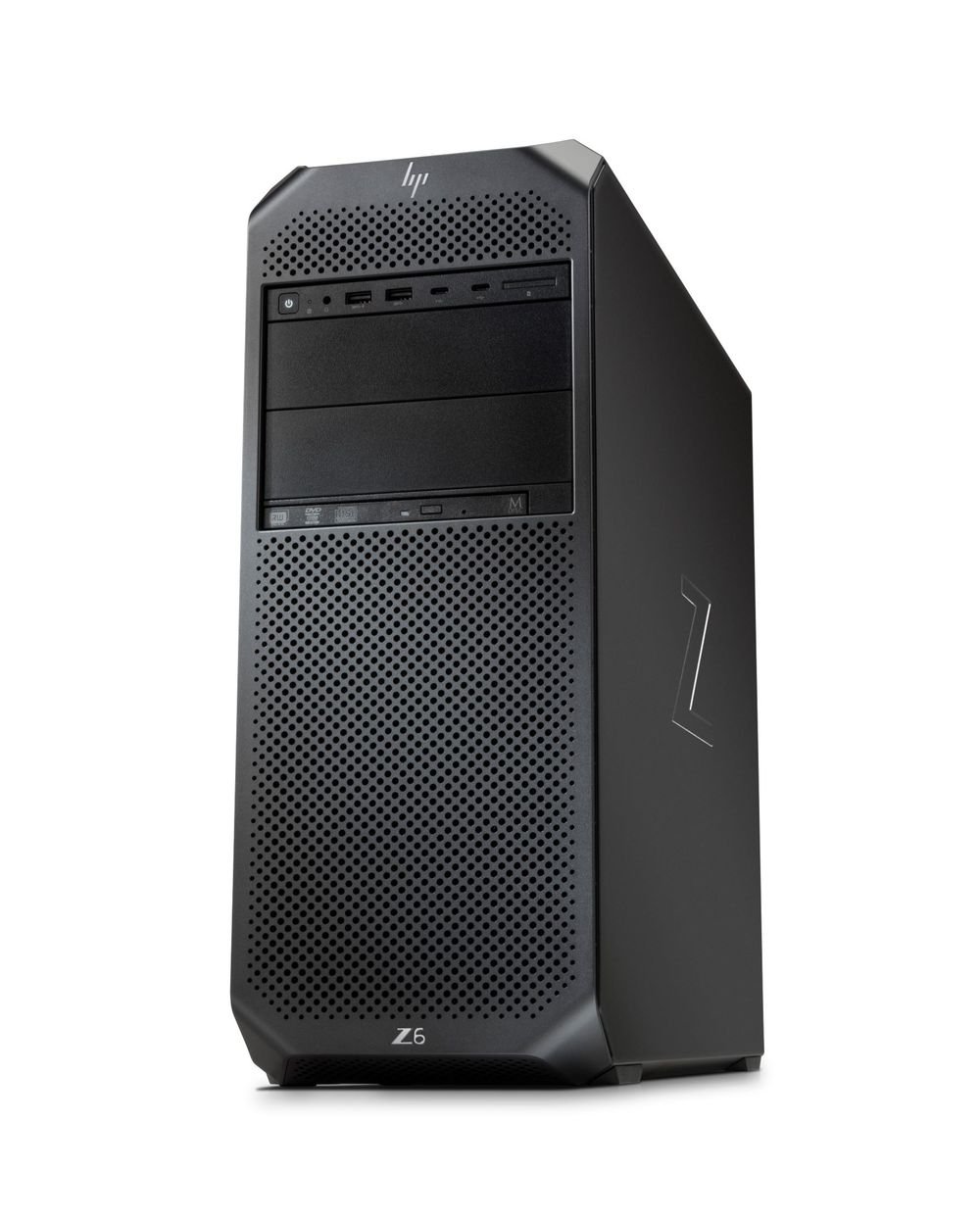
A machine you can make your own
The HP Z6 G4 Workstation is heavily configurable and features a suite of different powerful GPUs, CPUs, and more to choose from.
Ports for peripherals
Lastly, you should keep ports in mind when buying a business desktop. Nearly all peripheral accessory devices, such as phones, external hard drives, and especially both mice and keyboards, will use USB to connect to your desktop. Typically, most peripherals will connect with USB-A, but USB-C is also a relatively common connector. The three desktops mentioned above have a selection of USB-A ports, and some of them include USB-C as well. Generally, most desktops will come with at least two USB-A ports. Thunderbolt 3 is a special USB-C connection that offers the fastest transfer speeds between your PC and a peripheral device possible. While it's nice to have, it's a luxury that isn't in any way necessary for a quality business PC. If you want it, you could add it to the HP Z6 G4 Workstation for a higher price.
Recap: CPU, RAM, and storage matter most
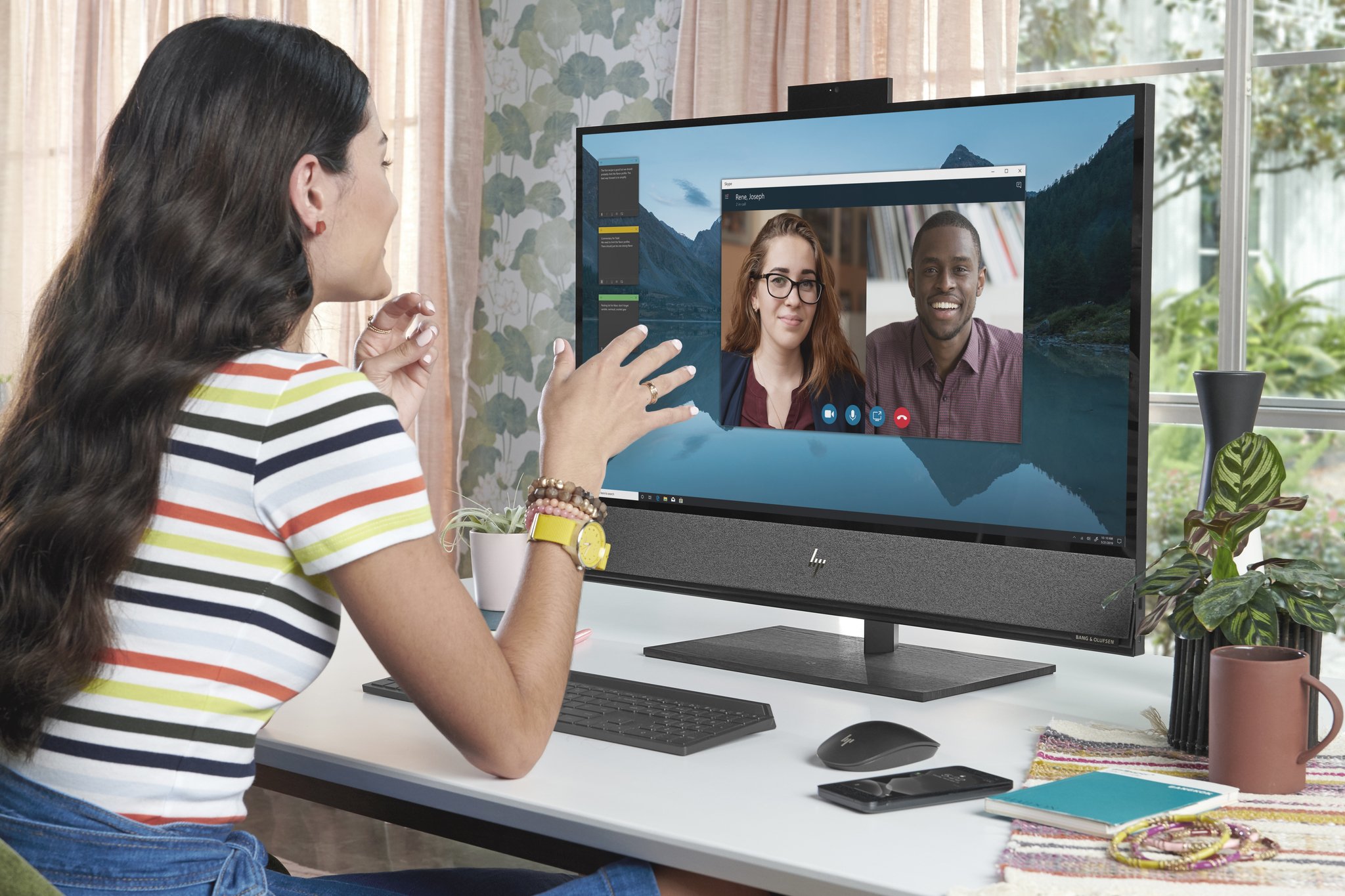
To recap, you should be prioritizing a quality processor, a healthy amount of RAM, and storage space when selecting a new business desktop. A processor with plenty of cores and a decent clock speed, at least 8GB of RAM, and around 256GB of SSD storage will provide you with the power and space you need to succeed in the business realm. GPU power and ports are still important to consider, but significantly less so in most cases. The exception to this rule is if you work with video or images a lot, or if you have a ton of peripheral accessories you want to connect to your system. In cases like these, graphics hardware and port selections matter a lot more.
Get the Windows Central Newsletter
All the latest news, reviews, and guides for Windows and Xbox diehards.
Home to the most invested and passionate Microsoft fans, Windows Central is the next generation destination for news, reviews, advice and buying recommendations on the Windows, PC and Xbox ecosystems, following all products, apps, software, AI advancements, and accessories. We've been around for more than decade, and we take our jobs seriously. Windows Central writers and editors value accuracy and editorial independence in everything we do, never receiving compensation for coverage and never pulling punches.

